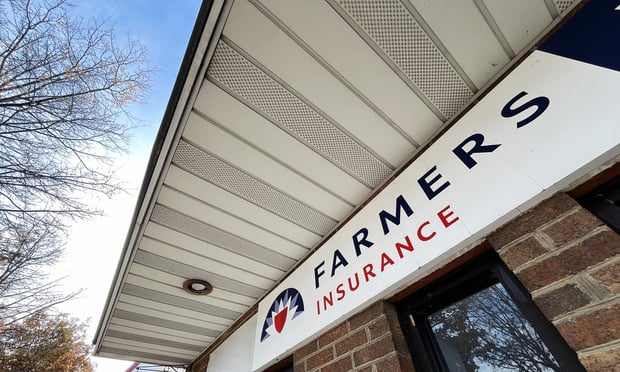The winter of 2015 will be remembered in the Northeast for the vast amount of snow deposited by Mother Nature.
While snow-covered roofs certainly contribute to the beauty of the season and create a picture of serenity, new-fallen snow which melts then refreezes can place stress on the roof of a home or business. This can also result in mixed success when it comes to recovering on paid snow-removal claims.
From a liability perspective, these are interesting cases.
The essential question which must be answered is: What is the “reasonable standard of care” that should be used by a worker who may be standing in two feet of snow on a roof? The answer to that depends on the underlying circumstances of the work being performed, and how well the resulting damages are documented. A recovery effort may not be successful if there is no evidence to support the adverse party did not exercise “reasonable care under the circumstances.”
Anyone who has ever endeavored to shovel snow from a roof knows that there are reasonable arguments that such care was extended. There are also many examples of an obvious lack of care or haste on the part of a contractor who is attempting to clear as many roofs as possible in the shortest period of time. Properly investigating and documenting the loss facts pertaining to these incidents can mean the difference between a successful recovery and a claim denial.
Some of the obvious scenarios of not using reasonable care involve the use of sharp tools, such as ice picks, snow shovels, metallic rakes or mechanical snow removal equipment. Other poor workmanship includes improperly removing the snow, creating unbalanced loading. Ice, as opposed to snow, requires considerably more care and effort to remove safely. Ice usually collects in the corners of a roof and near gutter attachments, so a worker needs to take care not to damage the fragile roofing materials and nearby structures.

(Photo: Shutterstock)
Proper photographic evidence is key to show the exact area where the snow or ice had collected, was removed and the damage that resulted.
The field claims representative should inquire whether the insured has any pre-loss photos of the condition to establish a reference as to the amount of snow or ice that existed. Photos of the roof itself in the pre-event condition can also establish subsequent liability and create viable evidence.
In snow-removal cases, the facts as to why the insured initially hired the contractor to remove the snow from the roof should be established. Questions as to whether the assignment was for ice-dam prevention or weight relief should be answered.
The vast majority of snow-removal jobs are performed to relieve weight load from a roof. Depending on the height and size of the roof, the removal can often be performed from the ground with a long-handled, non-metallic rake, thus avoiding potential damage caused by walking on the roof itself. In addition, a worker need not remove every inch of snow from a roof in order to accomplish the goal of relieving weight.
It is prudent to be aware that shingles are fragile, as are solar panels, which are becoming more popular in the Northeast. A worker who rubs and scrapes a roof or solar panels until every last ounce of snow is gone is likely to cause damage. Leaving a few inches of snow on the roof accomplishes the weight relief goal while protecting the shingles themselves — and not doing so could reasonably be construed as negligence in the event damage results from direct contact with the shingles.
As in most subrogation efforts, understanding the standard for “reasonable care,” developing a theory of negligence, gathering evidence and performing a thorough investigation makes the difference in success or failure.
David C. Martin is a senior recovery specialist at Holbrook, N.Y.-based Spartan Recoveries LLC.
We're on Facebook, are you?
Want to continue reading?
Become a Free PropertyCasualty360 Digital Reader
Your access to unlimited PropertyCasualty360 content isn’t changing.
Once you are an ALM digital member, you’ll receive:
- Breaking insurance news and analysis, on-site and via our newsletters and custom alerts
- Weekly Insurance Speak podcast featuring exclusive interviews with industry leaders
- Educational webcasts, white papers, and ebooks from industry thought leaders
- Critical converage of the employee benefits and financial advisory markets on our other ALM sites, BenefitsPRO and ThinkAdvisor
Already have an account? Sign In Now
© 2024 ALM Global, LLC, All Rights Reserved. Request academic re-use from www.copyright.com. All other uses, submit a request to [email protected]. For more information visit Asset & Logo Licensing.








